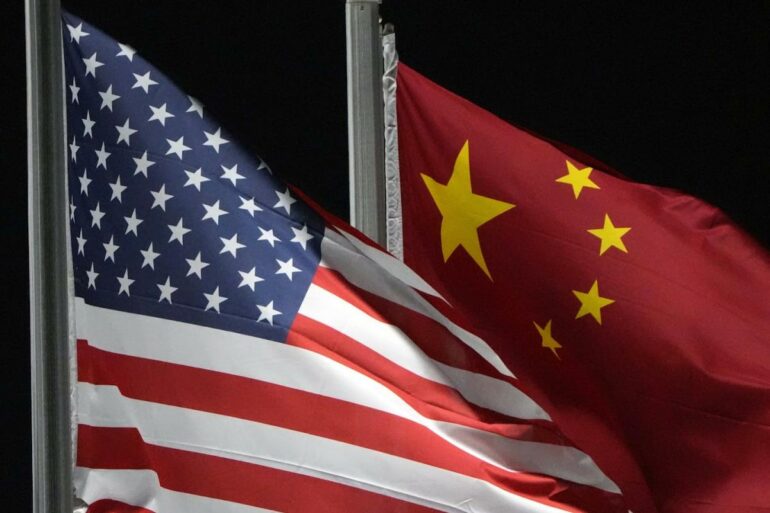Volt Typhoon is a Chinese state-sponsored hacker group. The United States government and its primary global intelligence partners, known as the Five Eyes, issued a warning on March 19, 2024, about the group’s activity targeting critical infrastructure.
The warning echoes analyses by the cybersecurity community about Chinese state-sponsored hacking in recent years. As with many cyberattacks and attackers, Volt Typhoon has many aliases and also is known as Vanguard Panda, Bronze Silhouette, Dev-0391, UNC3236, Voltzite and Insidious Taurus. Following these latest warnings, China again denied that it engages in offensive cyberespionage.
Volt Typhoon has compromised thousands of devices around the world since it was publicly identified by security analysts at Microsoft in May 2023. However, some analysts in both the government and cybersecurity community believe the group has been targeting infrastructure since mid-2021, and possibly much longer.
Volt Typhoon uses malicious software that penetrates internet-connected systems by exploiting vulnerabilities such as weak administrator passwords, factory default logins and devices that haven’t been updated regularly. The hackers have targeted communications, energy, transportation, water and wastewater systems in the U.S. and its territories, such as Guam.
In many ways, Volt Typhoon functions similarly to traditional botnet operators that have plagued the internet for decades. It takes control of vulnerable internet devices such as routers and security cameras to hide and establish a beachhead in advance of using that system to launch future attacks.
Operating this way makes it difficult for cybersecurity defenders to accurately identify the source of an attack. Worse, defenders could accidentally retaliate against a third party who is unaware that they are caught up in Volt Typhoon’s botnet.
Why Volt Typhoon matters
Disrupting critical infrastructure has the potential to cause economic harm around the world. Volt Typhoon’s operation also poses a threat to the U.S. military by potentially disrupting power and water to military facilities and critical supply chains.
FBI Director Christopher Wray testified at a congressional hearing on Jan. 31, 2024, about Chinese hackers targeting U.S. critical infrastructure.
Microsoft’s 2023 report noted that Volt Typhoon could “disrupt critical communications infrastructure between the United States and Asia region during future crises.” The March 2024 report, published in the U.S. by the Cybersecurity and Infrastructure Security Agency, likewise warned that the botnet could lead to “disruption or destruction of critical services in the event of increased geopolitical tensions and/or military conflict with the United States and its allies.”
Volt Typhoon’s existence and the escalating tensions between China and the U.S., particularly over Taiwan, underscore the…



